Which better shields playground owners from legal responsibility?
In the world of play, accidents happen. Children riding bikes run into parked cars, they jam their toes while playing kickball and, occasionally, kids can break a limb or two during rough play on the playground. Accidents resulting in injury can occur when children play in the schoolyard or in a park setting, but the question of liability usually never crosses a child’s mind. They’re only interested in whether or not they can beat their friends in a race to the monkey bars. But if a child does injure himself/herself on the playground, who should be held accountable? The child, the child’s parents or guardians, or the playground/park owners? Along with these questions comes the question of which provides better liability coverage for playground/park owners—signs or supervision?
According to the Centers for Disease Control, “each year in the United States, more than 200,000 children 14 years of age and younger are treated in emergency departments for playground-related injuries.” These injuries range from small lacerations to broken bones, and, unfortunately, sometimes death. The CDC outlines these injuries in their online manual entitled, The Injury Fact Book. They state:
- “About 15 children age 14 and under die from playground-related injuries each year. Almost half of these deaths result from strangulation and about one-quarter are from falls to the playground surface.
- More than one-third of all playground-related injuries are severe—fractures, internal injuries, concussions, dislocations, and amputations.
- Almost 70 percent of injuries related to playground equipment occur on public playgrounds.
- Most injuries that occur on playgrounds are associated with climbing equipment, slides and swings.
- In schools, most injuries to students ages 5 to 14 occur on playgrounds.
- In 1995, costs associated with playground-related injuries among children under 15 were estimated at $1.3 billion.”
Facts such as these raise concerns for many playground owners. They have good intentions when building play structures because they just want to give children a place to play, but liability needs to be a consideration when it comes to owning any type of property, especially an area where children roughhouse.
The importance of supervisors on playgrounds helps curtail any hazardous activity in which children might engage, but signs can help protect playground owners from liability as well. Scott Burton, a CPSI inspector and instructor, wrote an article called, Playground Safety Signs & Labels. The article talks about how signs on playground equipment can help with liability concerns.
Burton says, “signs will serve as a constant reminder of what to do or not do to reduce the risk of serious injuries. Also, signs can sometimes reduce insurance premiums for owner/operators as well. So, signs are a good idea to have.” He goes on to say, “many things make up a proper sign. Was the sign legible? Was it positioned properly? Did it have the correct letter size, graphics, etc.? Were there too many warnings? Having signs that are technically incorrect can cause more harm than good. But not putting one up can provide a plaintiff’s attorney with a field day. Most importantly, someone could get hurt.”
If you have not experienced it yet, you may learn that a lawyer will say that the owner has a ‘duty to warn,’ failed to do so, and add it to the list of complaints in their lawsuit.” John R. Drye, Esq., Attorney and Program Director for www.studentaccident.net, a division of Educator Resources, says that neither signs nor supervision supersede each other regarding legal responsibility, but that both signs and supervision offer distinct forms of liability protection.
He says, “the real question is not which offers more protection, but rather which type of protection does each offer. Signs serve as a general warning of the ‘rules and regulations’ that the owners of the playground have. It puts all users on ‘notice’ that the playground is unsupervised and requires a higher degree of supervision.
The highest degree of protection is afforded when signs are posted with the rules and regulations of the playground along with pictorial instructions on how to operate all playground equipment. Supervision provides a much higher degree of certainty that the playground will be used properly, but if the supervisor is not properly trained or ignores clear violations of rules and regulations, the owners of the property can be held liable for ‘negligent supervision’ if the children are entrusted to the supervisor.
Given the choice, a playground operator generally has less real liability when a properly trained supervisor is there to oversee activities.” Karen Shipman, a Certified Playground Safety Inspector and the Risk Management Coordinator and JBL&K Risk Services says, “depending on the location and nature of the playground, the supervisors may be paid professionals (full-time park or school/child care facility staff), paid seasonal workers (college or high school students), volunteers (PTA members) or the parents of the children playing in the playground.
The quality of the supervision depends on the quality of the supervisor’s knowledge of safe play behavior. Therefore, supervisors should understand the basics of playground safety.
Playground supervisors should be aware that not all playground equipment is appropriate for all children who may use the playground. Supervisors should look for posted signs indicating the appropriate age of the users and direct children to equipment appropriate for their age.
Supervisors may also use the information in the CPSC Handbook for Playground Safety to determine the suitability of the equipment for the children they are supervising. It is important to recognize that preschool-age children require more attentive supervision on playgrounds than older children.” Shipman also says signs have importance too. “Playgrounds should be signed,” she says. “Signs should give information about:
- The age of the intended users
- Rules that apply to the park and equipment
- Supervision
- Hours of operation
- How to report damage, vandalism, accidents”
Shipman goes on to say that, “signs are particularly important where you know the public will be utilizing the facility and are expected to essentially supervise themselves.” Most people involved in the playground industry recommend following ASTM and Consumer Product and Safety Commission guidelines. The CPSC Handbook on Playground Safety provides detailed information about surfacing, maintenance checklists, and answers other questions with regard to building and maintaining a playground.
According to Shipman, the CPSC handbook also advocates using supervisors. She says, “the Consumer Products Safety Commission also recommends supervision. The Handbook for Playground Safety's section on supervision states, ‘Playgrounds that are designed, installed and maintained in accordance with safety guidelines and standards can still present hazards to children in the absence of adequate supervision.’”
Whether public parks or schools have playgrounds, following CPSC and ASTM guidelines, having properly trained individuals supervising the playground and clearly marked, legible signs can help with regard to legal responsibility. Since laws vary from state to state, always check with your insurance agent and your attorney to determine the best way to protect yourself from liability.

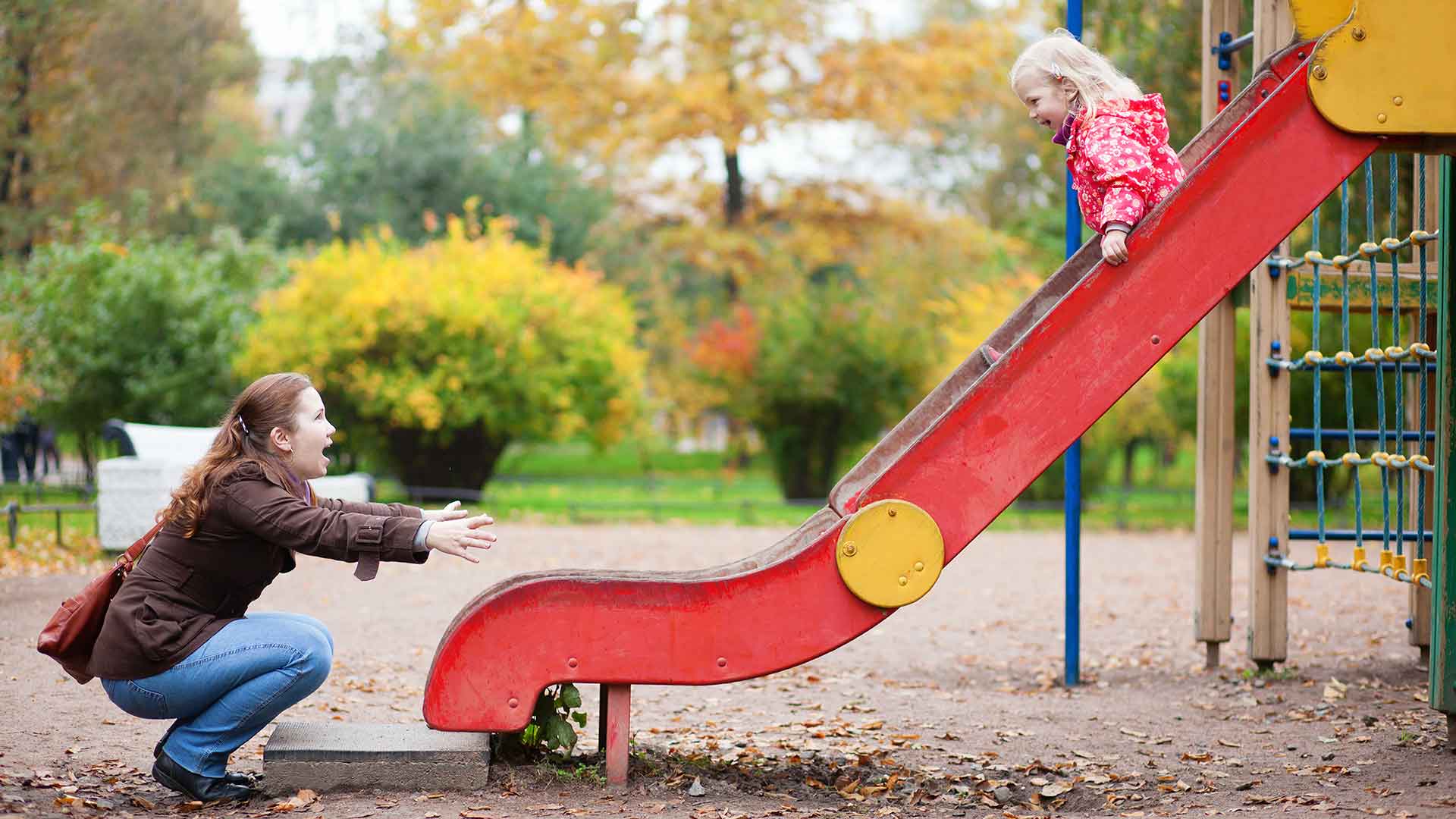
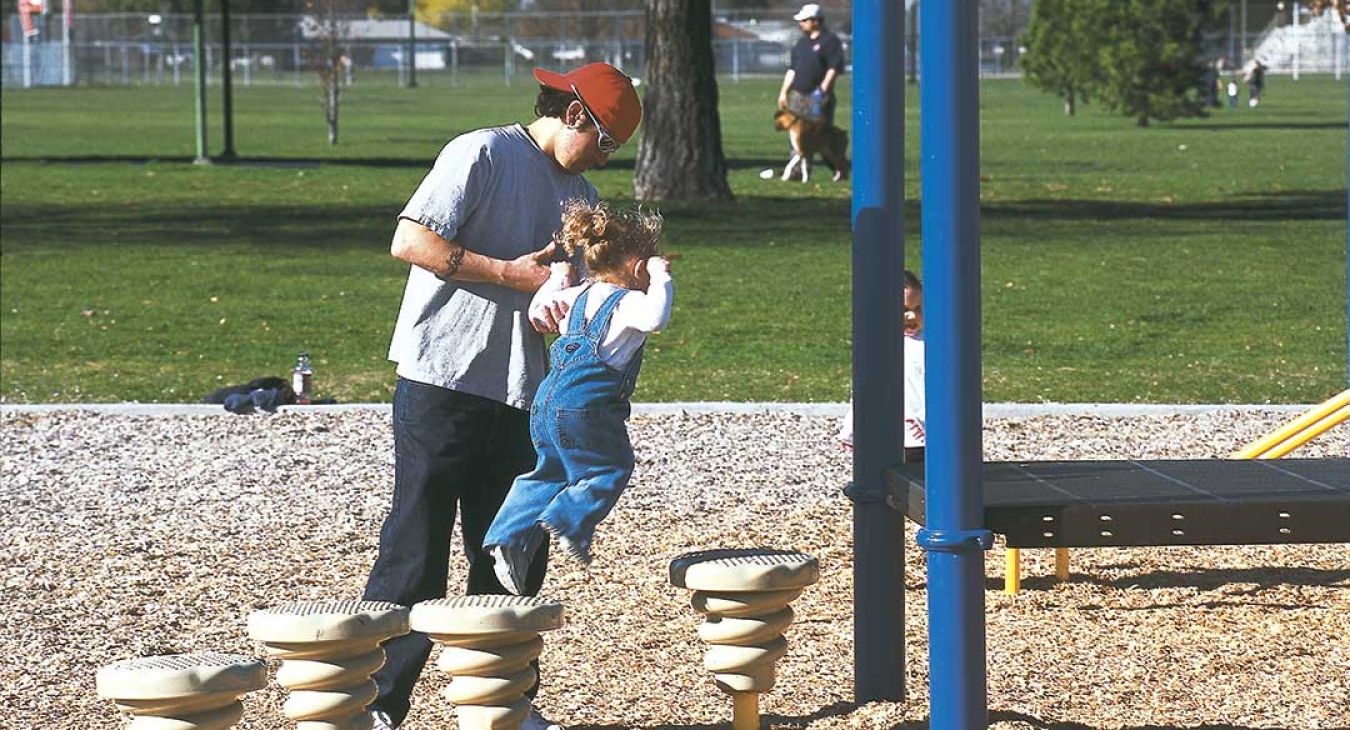
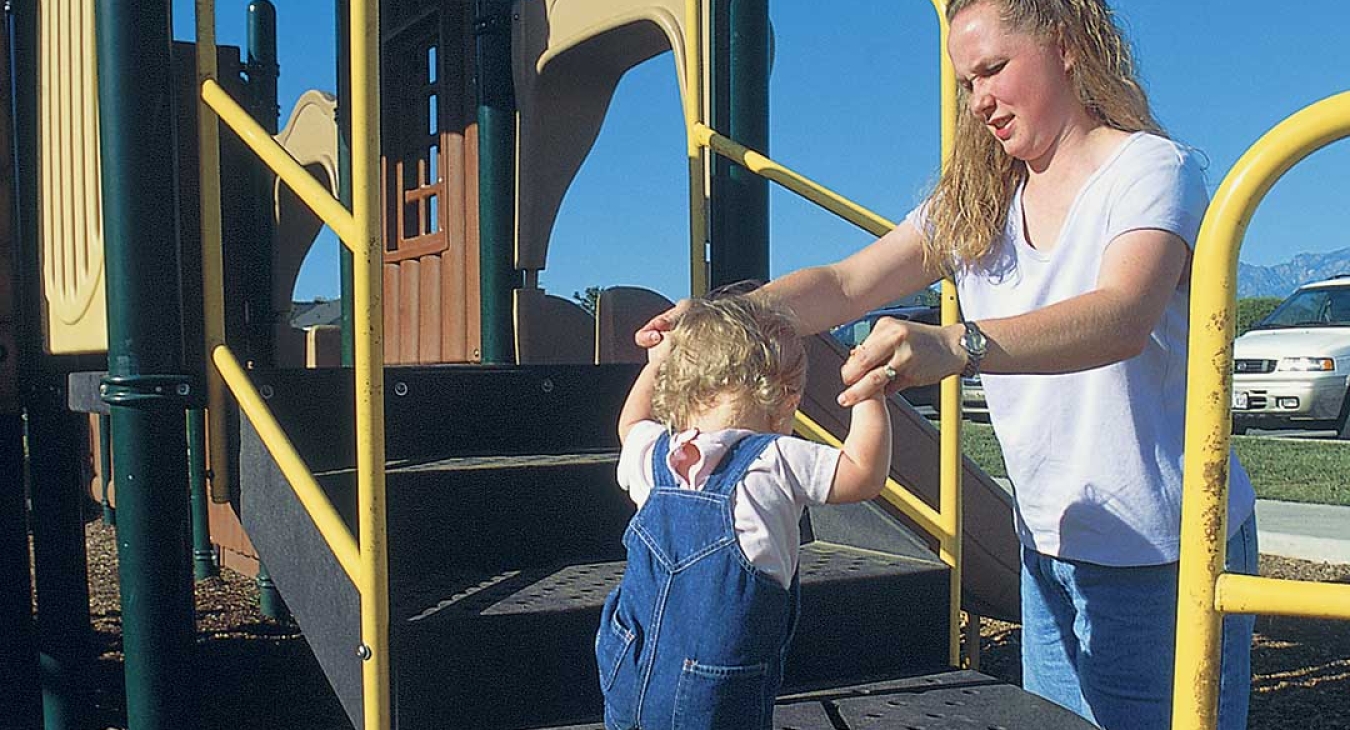
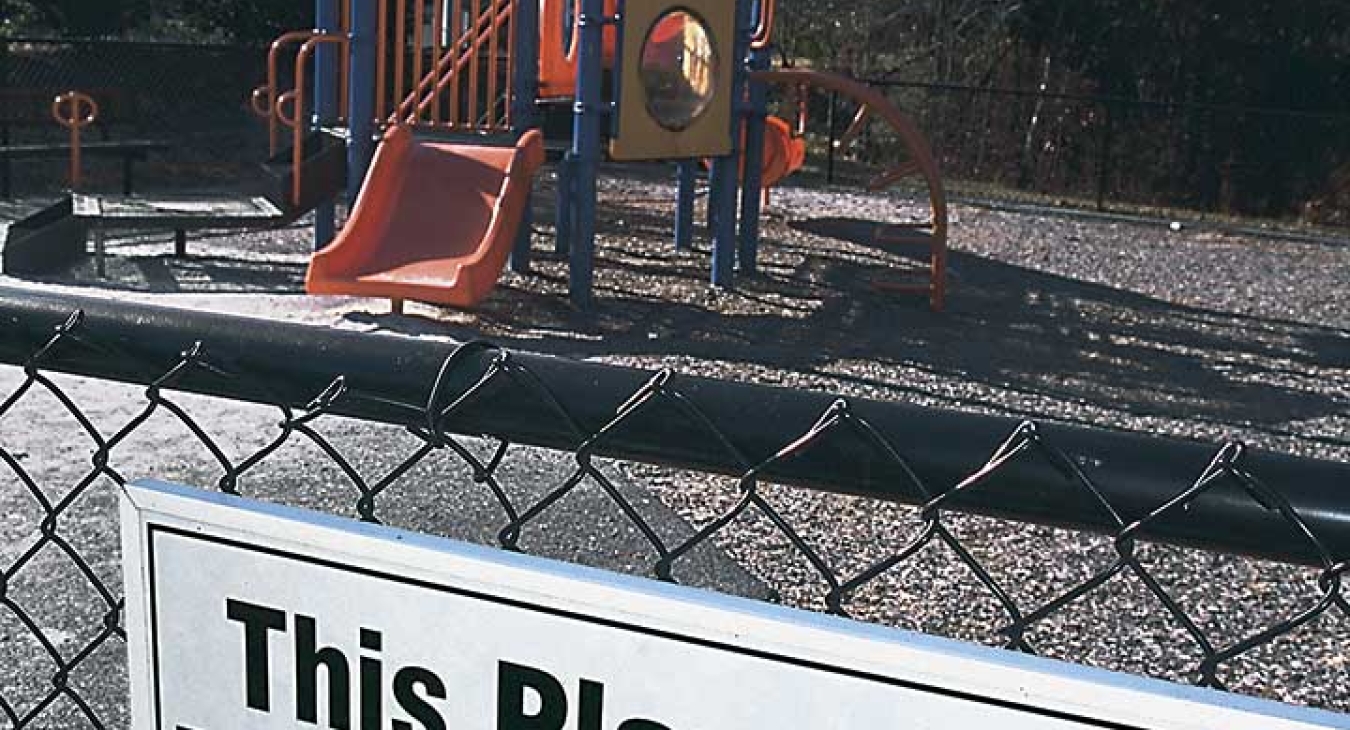

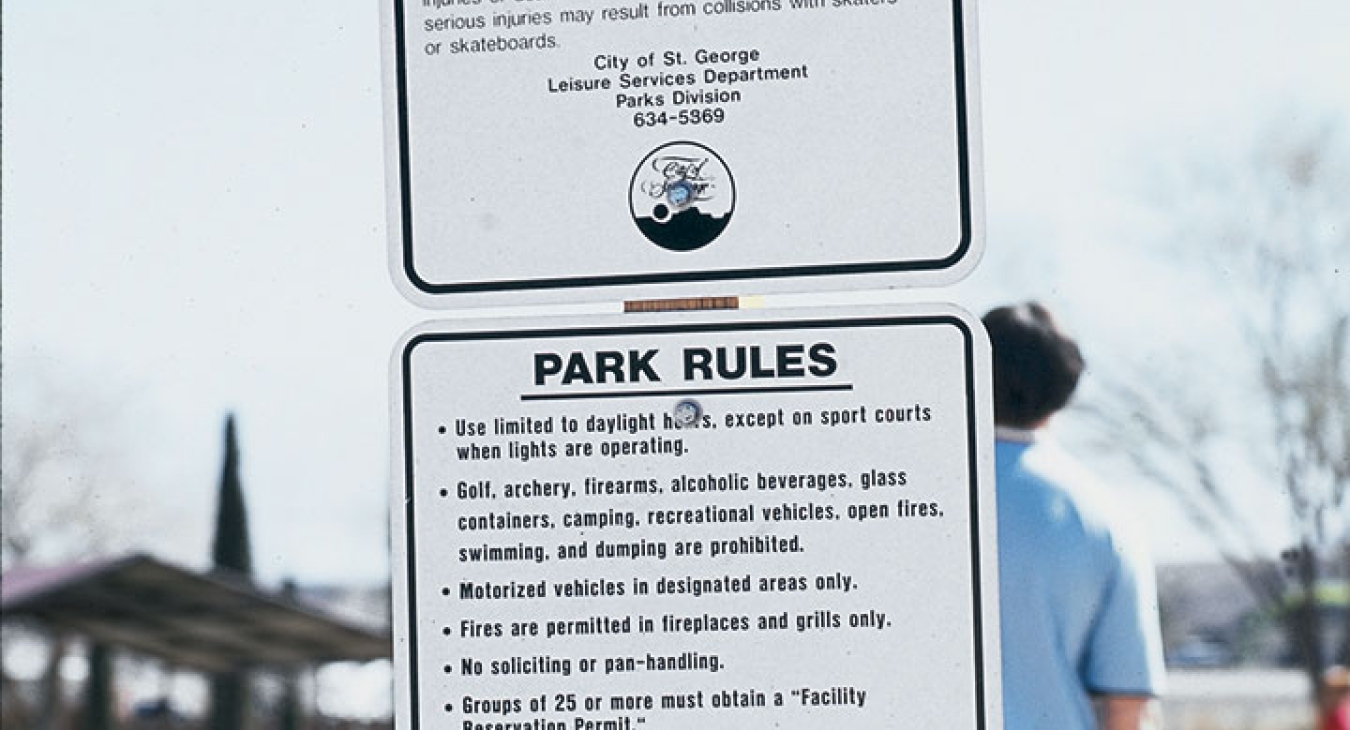
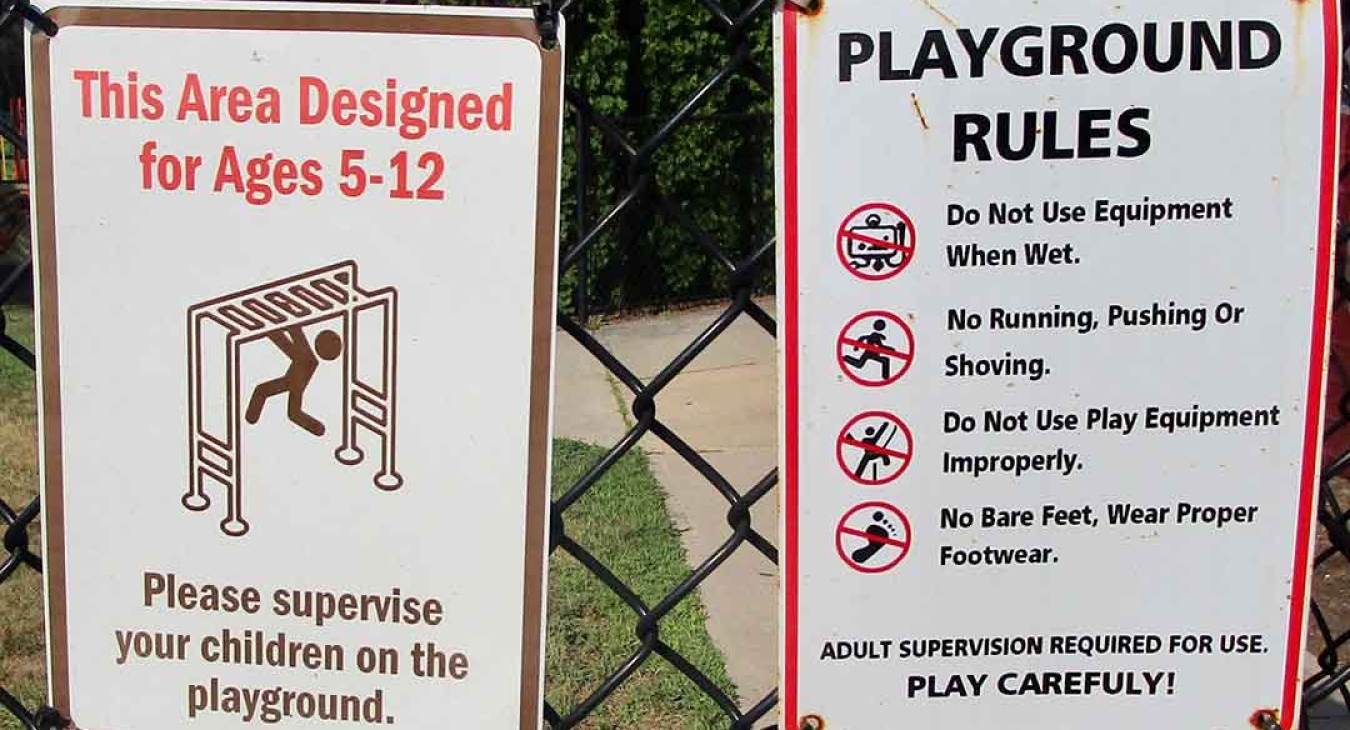
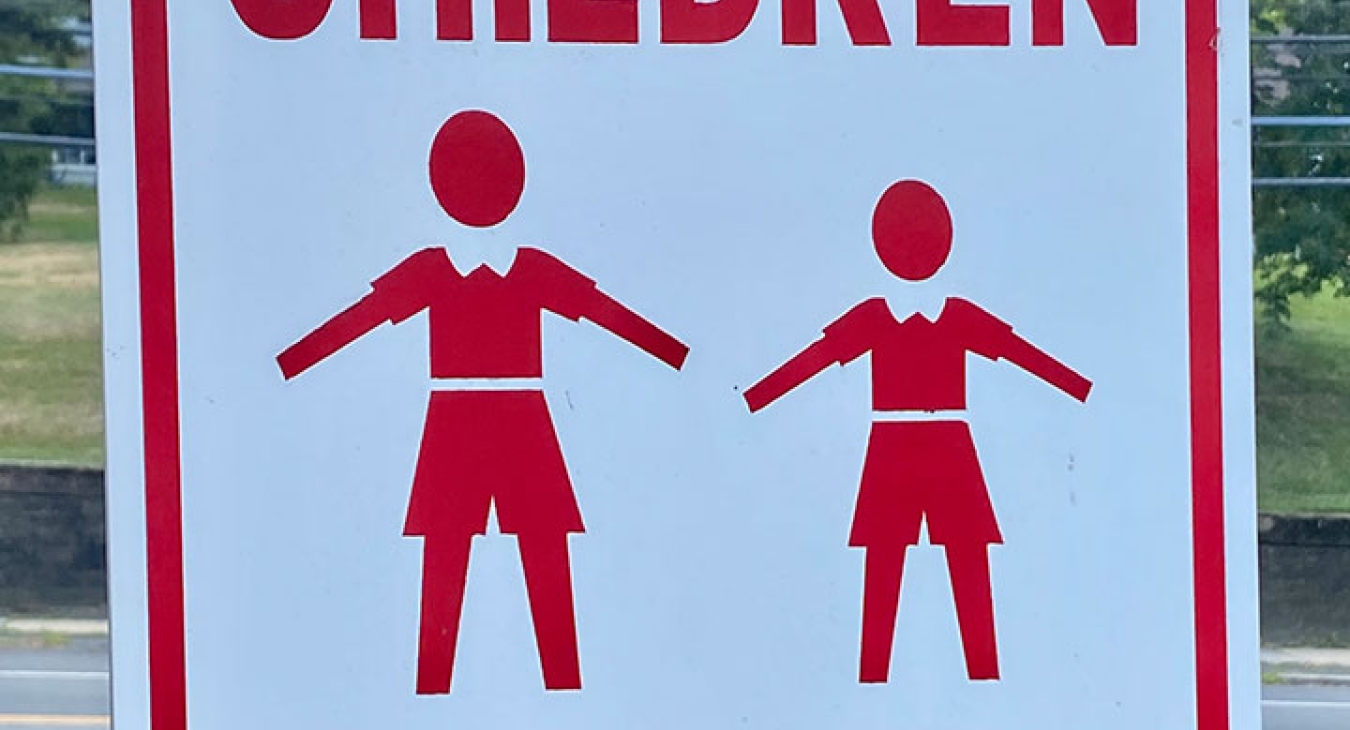
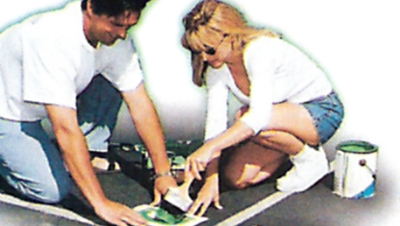
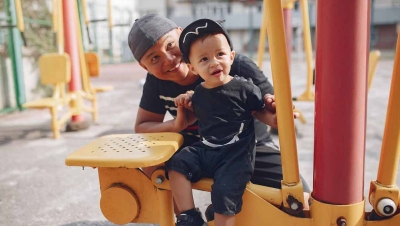
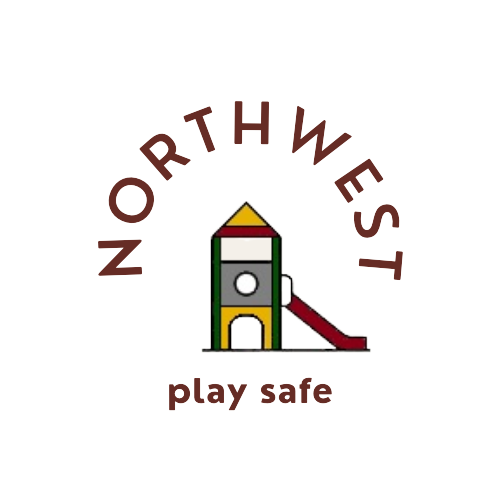
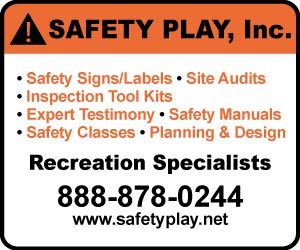
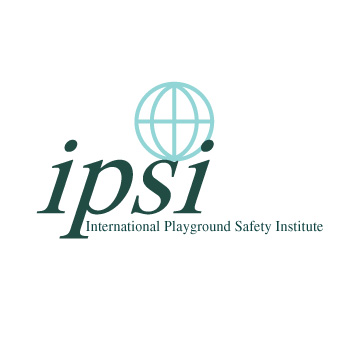
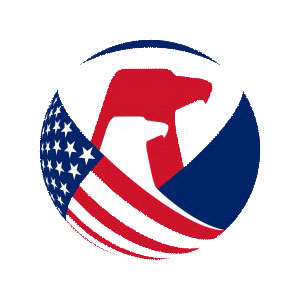
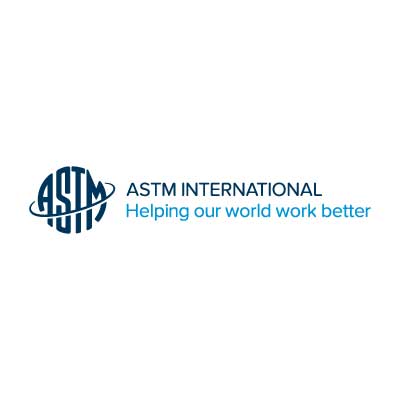
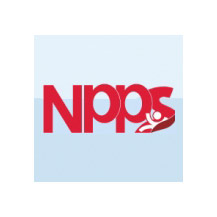
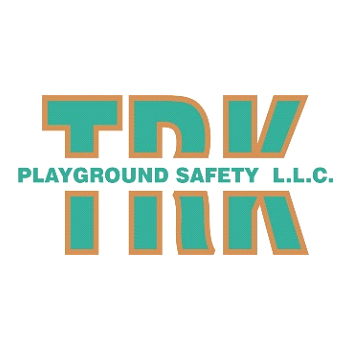
Add new comment